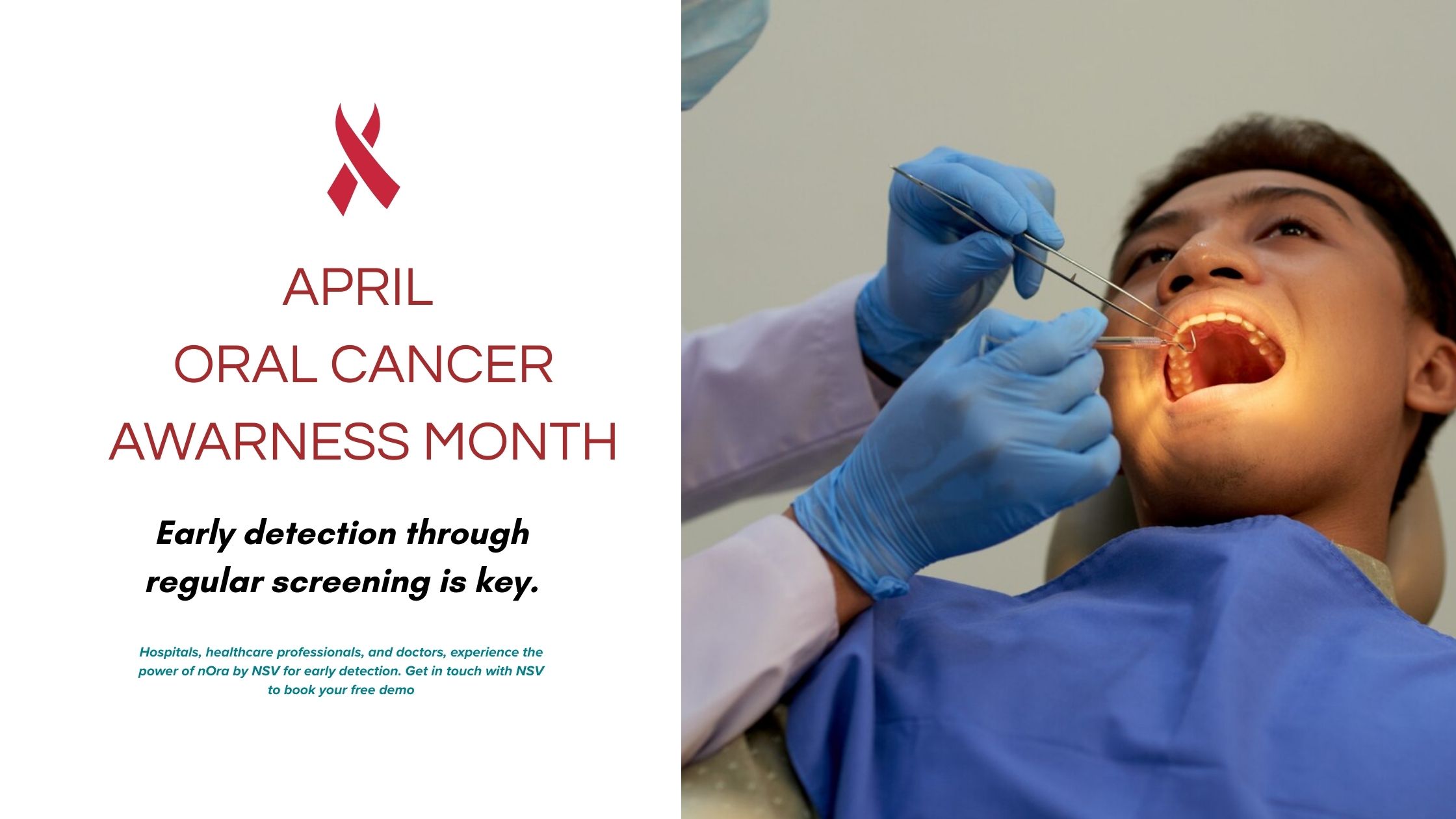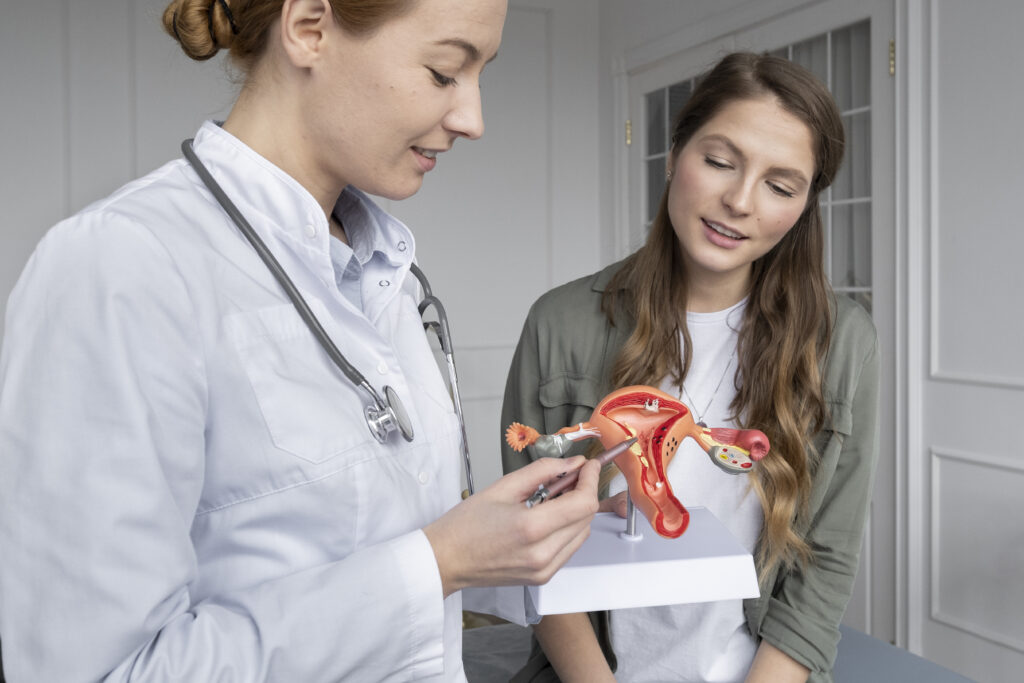When Something Feels Wrong But You Don’t Think It’s Serious
We’ve all been there dealing with something small like a sore mouth or a scratchy voice. You might ignore a weird patch on your tongue or cheek because it doesn’t cause pain. Most people do. We blame it on spicy food, the weather, or brushing too hard.
But these small things can be signs of oral cancer. Oral cancer is quiet. It doesn’t hurt much initially, and the signs look like everyday mouth problems. That’s why it’s so dangerous. Many people don’t find out until the cancer is already serious. By then, treatment is more complex.
At first, oral cancer doesn’t show. It whispers. And if we’re not paying attention, we might miss it. That’s why we must discuss it. In clinics and in daily life. When more people know what to look for, they can catch it early and treat it quickly.
The Small Signs You Shouldn’t Ignore
Your body sometimes gives quiet warnings:
-
A sore that won’t heal
-
Dentures that suddenly don’t fit well
-
Jaw stiffness when opening your mouth or chewing
These don’t seem serious, so most people don’t worry. But they can be early signs of oral cancer.
Many people think these issues are just a cold or a small ulcer. But that’s the problem oral cancer often looks like a normal thing. And let’s be honest, no one wants to think it’s serious. That’s natural.
However, this type of cancer gets worse the longer it’s ignored. It keeps growing quietly. That’s why noticing small changes in your mouth is essential, especially ones that don’t go away. Getting checked doesn’t take much time. But waiting too long can be dangerous. A quick test could save your life.
It’s Not Just Smokers: More People Are at Risk Than You Think
When people hear “oral cancer,” they often think of smokers. And yes, using tobacco does increase your risk. But it’s not the only cause.
Drinking alcohol frequently also raises your risk. And here’s something many people don’t talk about enough: HPV (human papillomavirus). HPV is now a leading cause of oral cancer even in people who have never smoked.
So even young, healthy people can be at risk. The problem is that many still believe oral cancer only happens to older smokers. Because of that, people don’t get checked early. And sometimes, they feel embarrassed to talk about it.
But staying silent is dangerous. No matter your age, it’s essential to know your risk. If you use tobacco, drink often, or have HPV, you should be extra careful.
The good news is you don’t have to guess. New tools like nOra can check your mouth quickly and easily. It doesn’t hurt, and it gives you answers fast. Knowing early can make all the difference.
Getting Checked Is Now Easy and Painless
In the past, testing for oral cancer took time, special doctors, and uncomfortable procedures. But things have changed.
With tools like nOra from NSV, getting checked is quick, simple, and painless. nOra is a small, handheld device that doctors or dentists can use in clinics or health camps. No needles, no lab tests. It uses safe light technology to detect signs of oral cancer that can’t be seen with the naked eye.
Best of all, you get results right away. No waiting days or weeks. This is great for regular dental checkups or areas where finding a specialist is difficult.
Even better, it helps people get checked before they feel sick. Oral cancer screening can become a regular part of your healthcare routine, like checking your blood pressure. The sooner a problem is found, the easier it is to treat.
Thanks to tools like nOra, staying safe is easier than ever.
Let’s Talk About It—Because Staying Silent Doesn’t Help
Oral Cancer Awareness Month is a time to speak up. Too many people don’t know the signs or risks of oral cancer. But we can change that.
Start small. Talk to your friends, family, or community. Share facts online or in local groups. If you’re a healthcare provider, offer free checkups and show people how quick and easy screening is with tools like nOra.
Dentists and doctors can bring it up during regular visits. Many people don’t ask unless someone else starts the conversation.
You don’t need to be a doctor to spread the word. You need to care. Every person who learns the signs might be one less person who finds out too late.
This month, let’s make sure oral cancer doesn’t stay hidden. Help others recognize the signs. Share what you know. The more we talk, the more lives we can protect.
One Quick Test Could Save a Life
Oral cancer is serious, but it can be treated, especially if it’s found early. The real danger is how easy it is to miss. That’s why early checks are so necessary.
With nOra by NSV, clinics, health camps, and dental offices have an innovative, simple tool to find issues early. It doesn’t hurt, doesn’t take long, and gives fast answers.
This is a powerful way to protect your patients if you’re a doctor or dentist. If you’re someone worried about your health, don’t wait.
If something feels off, get it checked. If you’ve read this far, take one more step:
-
Share this with a friend
-
Book a screening
-
Download a flyer
These small actions matter. During oral cancer awareness month, let’s ensure that no one ignores the signs. Use tools like nOra to catch cancer early and protect more lives.
Take Action Now
-
Don’t wait for symptoms to get worse.
-
Schedule your oral cancer screening today.
-
Bring nOra to your clinic or camp if you’re a healthcare provider.
-
Share this post to raise awareness during Oral Cancer Awareness Month.
Every conversation. Every check. Every share matters. Let’s protect more lives together.
References
-
American Cancer Society. Oral Cavity and Oropharyngeal Cancer Early Detection, Diagnosis, and Staging. Atlanta: American Cancer Society; 2024 [cited 2025 Apr 15]. Available from: https://www.cancer.org/cancer/oral-cavity-and-oropharyngeal-cancer/detection-diagnosis-staging.html
-
Centers for Disease Control and Prevention. Cancers Associated with Human Papillomavirus, United States—2016–2020. Atlanta: CDC; 2023 [cited 2025 Apr 15]. Available from: https://www.cdc.gov/cancer/hpv/statistics/cases.htm
-
National Institute of Dental and Craniofacial Research. Oral Cancer. Bethesda: NIH; 2023 [cited 2025 Apr 15]. Available from: https://www.nidcr.nih.gov/research/data-statistics/oral-cancer
-
World Health Organization. Early detection of oral cancer: Evidence-based recommendations. Geneva: WHO; 2023 [cited 2025 Apr 15]. Available from: https://www.who.int/publications/i/item/9789240074335
-
Neo Sense Vector. nOra: Oral Cancer Screening Device. [Internet]. NSV Medical Devices; 2025 [cited 2025 Apr 15]. Available from: https://www.neosensevector.com/nora


